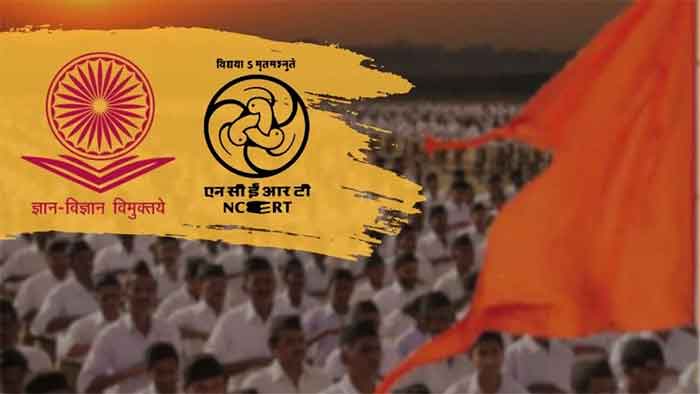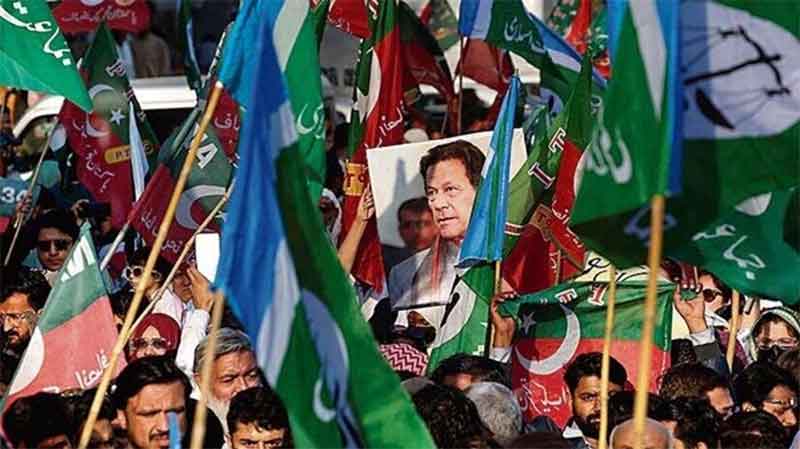
Language policy in NEP is not suitable to present context.
The overemphasis of Hindi and Sanskrit in proposed three-language policy, and withdrawal of English from primary level, in National Education policy 2020 will be impacting over non-Hindi speaking states. If executed, the language burden will be more on students of these states and additional burden on students of linguistic and religious minorities such as STs and Muslims in multilingual states like Odisha. The lowering of English will have several ramifications over participation in governance, access to higher education and scope of employment. The recently announced National Education Policy 2020 approved by the cabinet of Govt. of India has been opposed from many quarters based on language policy especially by non-Hindi speaking states and others concern for education of the linguistic minorities mostly the marginalized sections. Along with language policy, there are also many connected issues such as privatization of education and limiting the scope of states in education policy formulation, although education is in the concurrent list. However, the selection of language is most important in the medium of education. The NEP says that wherever possible, the medium of instruction until at least grade-5 but preferable till grade -8 and beyond, shall be the mother tongue /local language /regional language. It is also told that three language formula will continue to be implemented and Sanskrit knowledge system will be offered at all level of school and higher education as an option in three language formula.
There is nothing wrong in learning many languages as much as possible and the mother tongue is always good for a child to learn as its first lessons, as suggested by many. But at the same time, there must have a purpose of learning languages and its usefulness in our life to get access to the scope of knowledge and dignified meaningful employment. Glorifying past, mother tongue and ancient classical language may not serve the current purpose of building a rational knowledge society without access to available global knowledge which is not possible without English.
The recent trend in India shows an increase in learning towards English medium education and many states have already adopted English as the medium of instruction from primary level. Nowadays the common people in both urban and rural areas prefer to send their children to English medium schools for a better future and a dignified life using the English language as a gateway to opportunities globally. It is now fundamentally necessary for higher education, science, technology, engineering, IT, law, medicine, business, and governance.
In line with this since independence, many of the central Govt. education programme have established English medium school such as Navodaya, Kendriya Vidyalaya, Kasturba Gandhi Balika Vidyalaya, Ekalabya model school and model school to cater the needs which have also created scope for rural poor from different social groups to access quality English medium education because they cannot pay the higher amount of school fee charged by private schools indirectly reserved for the upper class. The Govt. run English medium schools has been contributing to reducing inequality and exclusion while reducing regional disparity and promoting to nation-building activities by preparing students of diverse background from different parts of the country.
There are about 5,100 languages spoken in the world and about 99 per cent of them are home to Asia and Africa, Pacific and American continents whereas only 1 per cent of them are in Europe. The Census of India 2001 has identified 1,500 distinct languages as mother tongues and these languages are grouped under 114 major languages out of which only 22 languages including Sanskrit are scheduled languages included in the eighth schedule of the Constitution of India. It is mentioned in the Constitution of India (Article 343) that English is the official language for 15 years only and after that Hindi will be used but again it is decided to continue with English.
The use of Hindi has been opposed by the South Indian States in 1960 especially the Dravidian movement leaders R.S. Periyar, C.N. Annadurai advocated for English to curb the north Indian language and cultural dominance against federal ethos.
Article 348 says that language of the Supreme Court, High Court and orders, rules, regulations, bylaws, issues under constitution and law made by Parliament and the legislatures of States shall be in English. Even today after 70 years of constitutional governance, the dominance of English language is to be found everywhere. The people those who know English are rulers and leaders of respective field and the common people those have no access to English are excluded from all spheres of socio-eco and political life.
The pioneer of modern India Raja Ram Mohan Roy had vehemently argued for modern education with English medium in India in his letter to Governor General William Pitt in 1823. He said “the Sanskrit system of education would be best calculated to keep this country in darkness”. In 1816, he opened an English medium school for boys. Later, T B Macaulay in 1835 introduced English education through the English Education Act and it was approved by William Bentinck, the then Governor General of India. Though English was discouraged as part of anti-colonial struggle by G.K. Gokhale, M.K. Gandhi and R.M. Lohia but post-Independent India witnessed the growth of English education in cities and mostly preferred by Indian ruling elites and today it is being realized by many States that the unemployment and backwardness and social inequalities are many ways linked to medium of education.
The decisions by State Governments of West Bengal, Odisha, AP and Telangana can be cited. The Government of West Bengal has opened new English medium primary schools in North 24 Parganas, Nadia and Jalpaiguri. It is told that the decision of the left front Government in 1983 to withdraw English from primary level has affected the employability of the youths in the State. The Government of Telangana and AP have introduced English as a medium of instruction in all primary schools with regional language as a compulsory subject from primary level. Similarly, States such as Punjab and Jammu and Kashmir have already adopted English as a medium of instruction from primary level though they are also giving equal importance to their regional language.
Language is one the important vehicle of participation. The deprivation of poorer sections from learning official language has affected their participation in governance. The STs in Odisha constitute about one-fourth of the population of the State. There are 62 tribes speak about 21 language and 74 dialects and only seven tribes have their own scripts. Santali language is included in the 8th schedule but it has been difficult on the part of the state Govt. to teach the tribal children in their mother tongue at primary level due to lack course material in all subjects. It is good to educate children in mother tongue for learning the basics but they must be educated in English medium for a level playing field if we want to see any radical change in the socio-economic life of the most marginalized section. The STs of the North Eastern States are doing much better in all India jobs because of English education. The Government of Odisha is already doing this through Model school in each block, Ekalabya model school for STs and Anwesha programme through private school though this covers a very few number but it has created good impact. Therefore the NEP 2020‘s language policy need to be relooked with two language policy.
Manas Jena is an activist and writer from Odisha email –[email protected]
SIGN UP FOR COUNTERCURRENTS DAILY NEWSLETTER
















































